Pellet Stove Lovin’
If you just wandered in, we bought a pellet stove several years back to replace our wood-burning furnace. One of these:
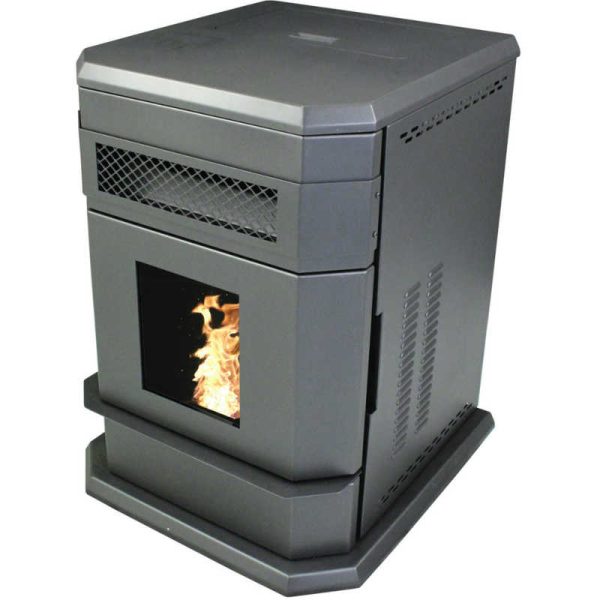
It’s a Vader C3PO. It has astromech force lightning ignition, and blows 7 parsecs of Unifying Force out of its…
Sorry, I got to musing about its design ethos, and my mind wandered. Jayzus, it’s ugly. It could be worse, though. The more expensive pellet stoves try to make their units look more swoopy or Telluride-y or folksy or something, and they end up looking as elegant as a gaudy cement mixer.
Ours is a Vogelzang VG 5790. I’m not sure if you can buy one anymore. They still appear on the Orange Place website, for instance, but they intone out of stock rather ominously. The price listed is more than twice what we paid for ours. And of course the price for the unit isn’t the whole story. You’ll need some double-walled pipe for venting the exhaust, and if you’re smart, you’ll get a fresh air return kit for combustion air, too. We escaped for less than two grand for everything, including a ton of pellets, but we got a floor model and bought it back when no one was buying much of anything. Good luck now, folks.
It’s an interesting device. The fire in the burn chamber is basically outdoors. It’s totally enclosed and gasketed. You draw in fresh air from outside, burn pellets with the air, and exhaust it through another pipe. There’s a barbarous heat exchanger with a fan to circulate air from the room past the steel back wall of the combustion chamber and out that grate in the front. The sides are on hinges, and you open it up to get at all the fans and sensors and so forth. The door with the glass in it hinges open, too, to clean it out. I know these things intimately, because you have to clean out a pellet stove a lot. No one does, but you have to.
I’ve read about eleventy zillion scathing diatribes of why this pellet stove doesn’t work. Sometimes I think the internet is like a suggestion box at a factory. It’s only there to make people think they’re accomplishing something by complaining, and to identify cranks to be weeded out. Everyone complains about this stove. I’ve made a handy little list of my analysis of the most common problems people report with this stove:
- You ignored the installation instructions and put the stove pipe inside the house because you wanted to get the last BTU off it before it went outside. It’s designed for a stack effect in the pipe it never achieves indoors. So it doesn’t make many BTUs, but it sure gets dirty
- The stove is dirty
- The stove needs cleaning
- The stove is still dirty after you cleaned it
- The stove pipe is full of soot
- The stove is full of soot
- The stove needs to be cleaned out
- Clean the stove, will ya?
- The pellets are wet. And by the way, the stove is dirty
- The pellets bounce out of the burn pot, because the stove is dirty, and make the stove dirtier
That’s my analysis of what’s really going on, mind you. The complainants have other ideas, including: THIS THING IS A PIECE OF JUNK SCAM AND THE COMPANY WON’T DRIVE TO MY HOUSE AND FIX IT FOR FREE BECAUSE IT’S A SCAM AND I WANT TO RETURN IT BUT IT WEIGHS 300 POUNDS WHAT A SCAM AND I’VE REPLACED THE CIRCUIT BOARD THREE TIMES BUT IT STILL DOESN’T HEAT MY AIRPLANE HANGAR LIVING ROOM AND HOW MANY TIMES DO YOU EXPECT ME TO CLEAN THIS THING OUT I DID IT TWICE LAST YEAR!!!!!ELEVENTY!!!
It’s the company’s own fault, at least a little. They try to sell this thing like it’s a dishwasher or a refrigerator or something. They tell suckers potential purchasers that it’s a breeze to operate, and only needs a little attention from time to time, and is so quiet you can hear your significant other beckoning you to the toasty bed for some pellet stove lovin’.
Well, it ain’t like that. It reminds me of big, cast-iron stationary woodworking equipment. You know, table saws and lathes and suchlike. Most come packed in gun grease in a crate and the instructions read: If you need instructions, you shouldn’t have bought this. The pellet stove has plenty of instruction, written in delightful Chinglish. They’re beside the point, really. You’re going to have to learn how this thing operates, and work on it to make heat come out of it. There’s no way around it.
Luckily, it’s a pretty simple machine. You open the hopper on the top, and pour in wood pellets. An auger in the bottom of the hopper turns and the pellets are transported up a chute to drop unceremoniously down another chute into a burn pot in the burn chamber. There’s an igniter that aligns with one of the many holes in the burn pot, which ignites the pellets (well, it’s supposed to). A fan blows the exhaust gas out of the house when a sensor on the fan tells it that the air is hot. Another fan comes on when a sensor on the back wall of the burn chamber tells it some heat is available. That fan sucks in cool room air, and blows it out the front. toasty hot.
But of course there’s a problem. Someone decided that a pellet stove needed software. That same someone has decided that your car needs software, and your dishwasher, and your vacuum cleaner, and your stove, and your doorbell, and your blender, and your coffee maker, and your pacemaker…
I don’t know how to say this without hurting Bill Gates’ feelings, so I’m just going to say it: All software sucks. All of it. And adding software to anything always makes it work worse. You could replace the circuit board on this pig with three or four switches, or a dial or two, and the stove would run better. But then you couldn’t pretend that anyone could own this stove, and run it like it was an air conditioner or a toaster.
Vogelzang means “bird song” in German. Apparently the birds in Germany make a loud fan noise when they catch on fire. But we didn’t care too much about that, because it was going to make as much heat as our wood furnace, more or less, and it could run for more than a day without refilling it. But first we had to get it in the house.
[To be continued}
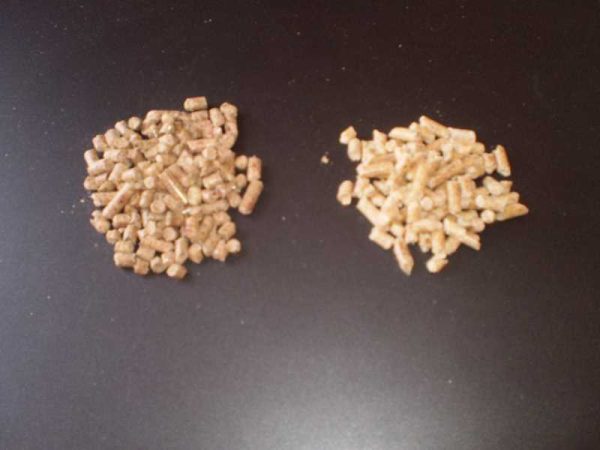
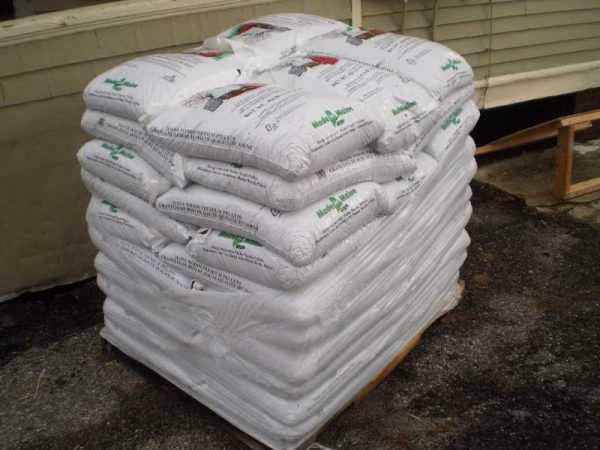
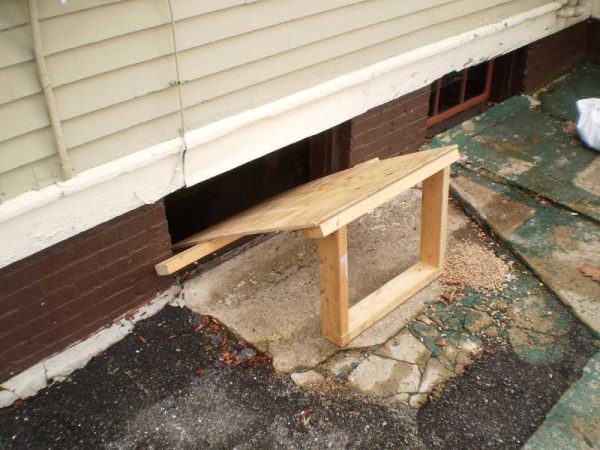
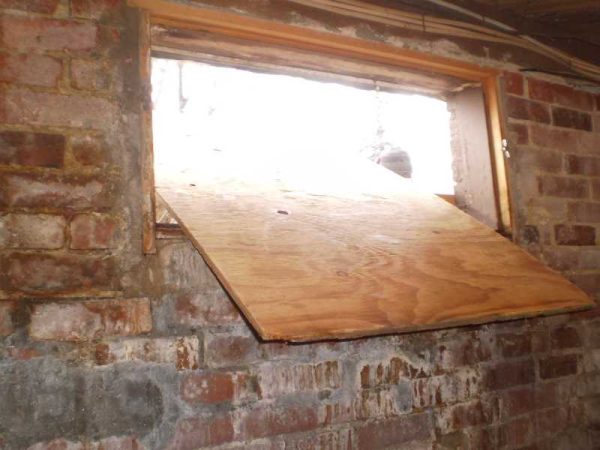
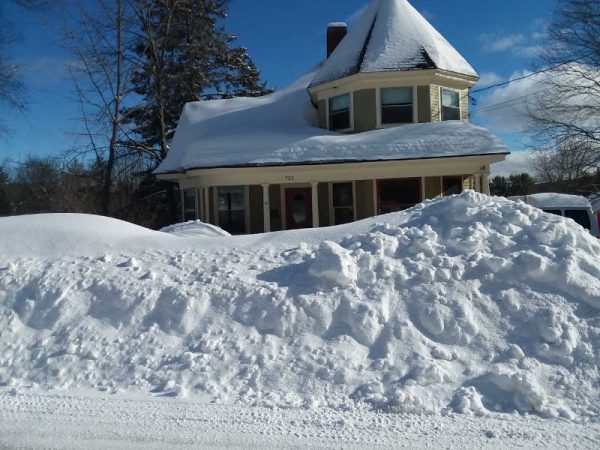


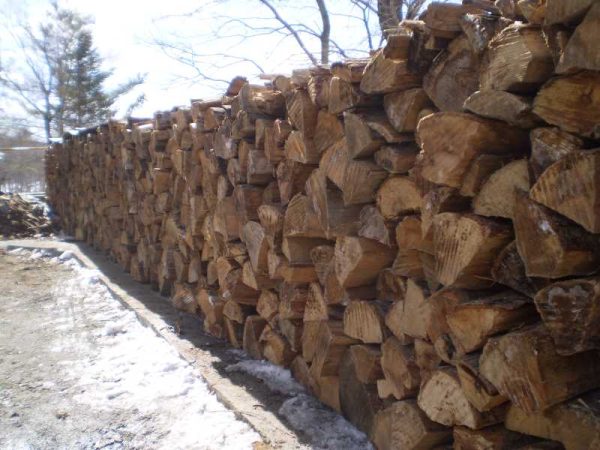
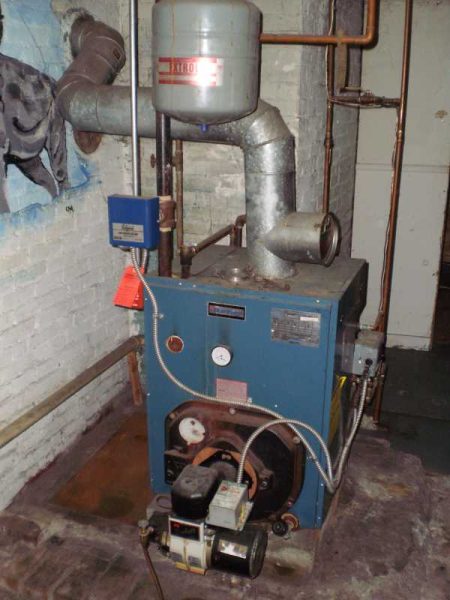












Recent Comments